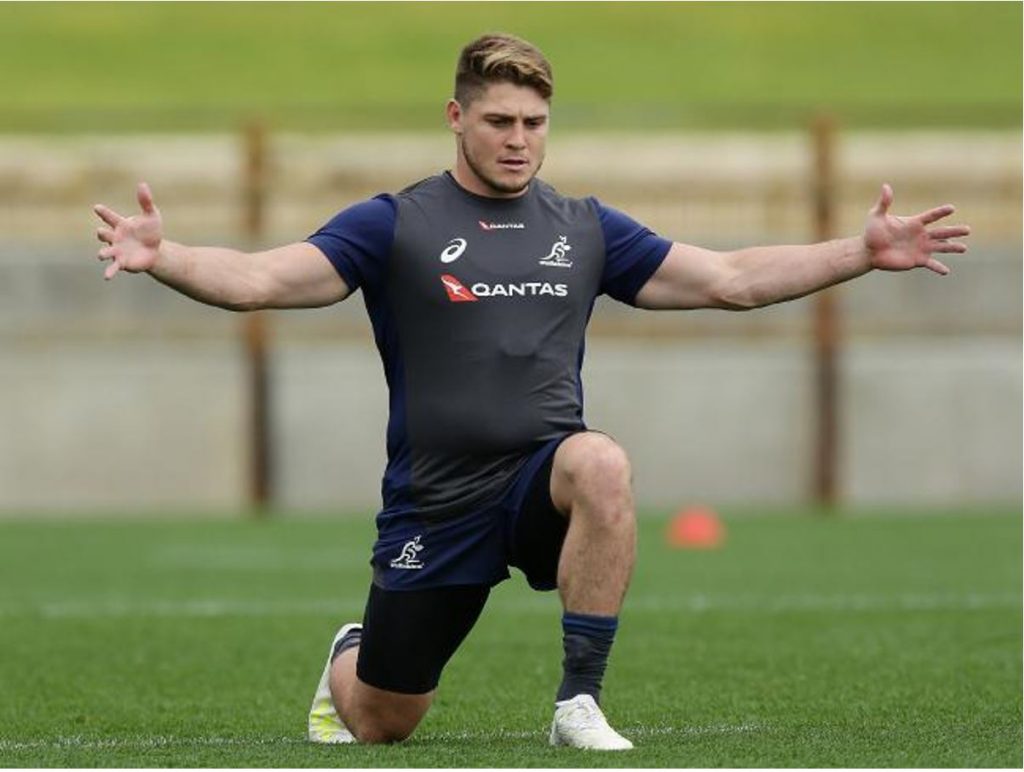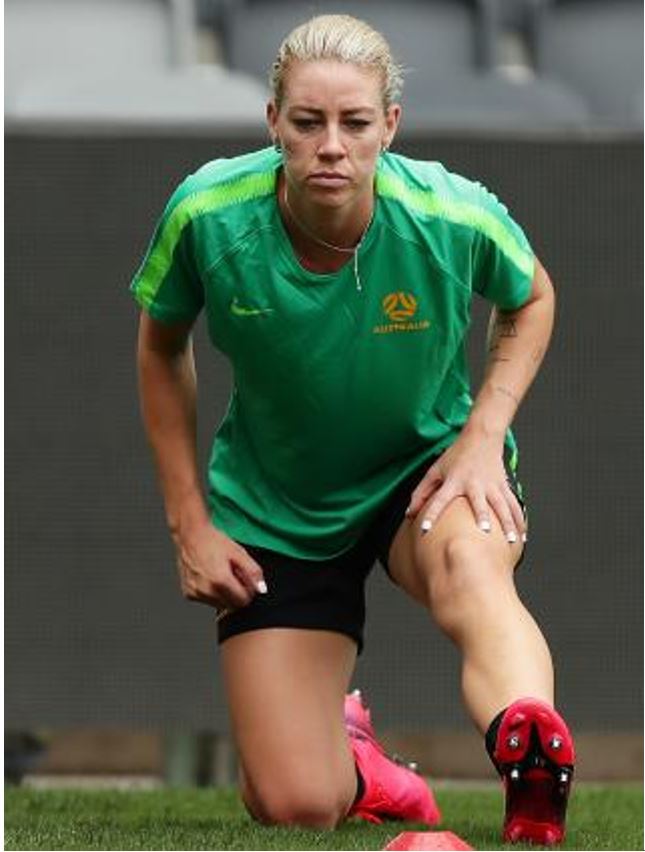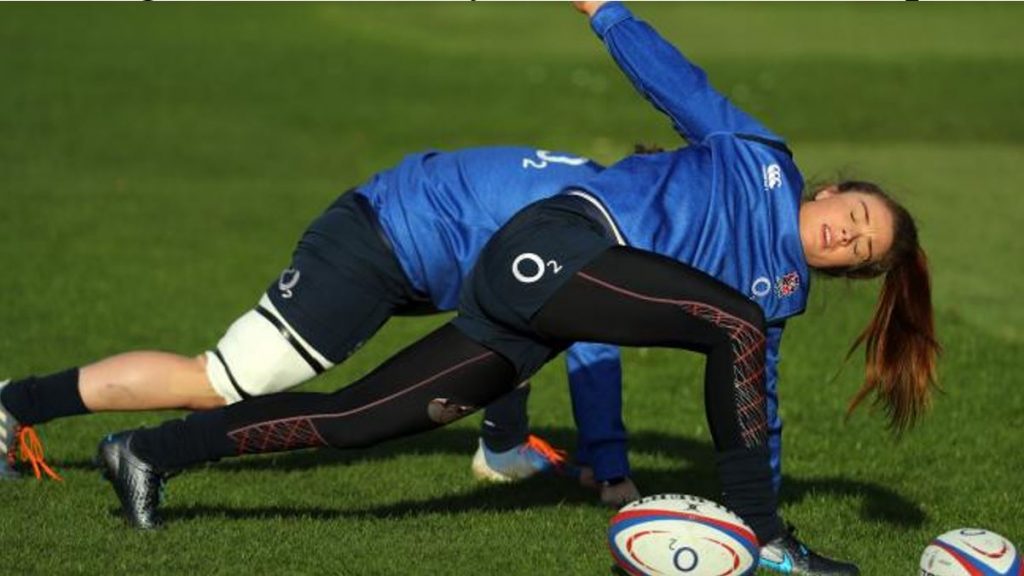Feeling stiff? You may need to see a ‘flexpert’



The benefits of stretching go much further than merely aiding recovery after a workout. Picture: Getty Images
Perhaps you have consulted a nutritionist or a massage therapist, but have you ever seen a “stretchologist”? If not, your muscles may be crying out for the latest type of fitness guru, one whose niche is facilitating better posture and greater flexibility.
The number of new group classes dedicated to stretching in New York has already made it a notable fitness trend in the US and Britain. Sydney’s Stretch Studio claims to be the first one-on-one assisted-stretching outfit in Australia. The company also has franchises in Dubai and Saudi Arabia
What we can hope to achieve from embracing the stretching trend is to undo some of the damage caused not only by our desk-bound lifestyles but also by our dedication to intense fitness.
Training for a triathlon or committing to a bootcamp or gym can bring dramatic fitness results but also can leave muscles overworked and contracted.
And if you find yoga to be too worthy and Pilates too clinical, stretch sessions may be what you need. Expect a range of approaches, from mat-based exercises to one-on-one assisted stretching in which you are pulled and worked into position by a trainer, but with a similar outcome: you will feel taller and less tense by the time you walk out.
“Stretching has been neglected, but that is changing,” says Anna Epeykina, a co-founder of Flexology in London, where the trainers are called “flexperts”.
“We have a lot of business execs who want to stretch to unwind and reduce areas of tension, but we also get a stream of people who do high-intensity and long-duration exercise who just want to aid their recovery.”



Alanna Kennedy of the Matildas stretches during a Matildas training session at Western Sydney Stadium. Picture: Getty Images
It’s a similar story at Stretchlab, also in London, where trained stretchologists will guide you through an extreme stretching session to correct muscle imbalances and postural kinks.
With the tantalising promise that “as little as one session per week can both counteract damage and prevent potential damage” and that, stretched regularly, you will “stand taller and straighter”, it’s easy to see the appeal.
“There are so many psychological and physical benefits to stretching,” says Giovana Braia, a Stretchlab stretchologist. “People are amazed at how it transforms their other workouts, but it is because they gain an increased range of motion through stretching that allows them to squat deeper, punch harder or to pedal more powerfully in spinning.”
And there’s nothing to stop you doing your own exercises at home.



James O’Connor of the Wallabies stretches at training in Perth. Picture: Getty Images
Paul Hobrough is a physiotherapist and sports scientist who works with top athletes and is the author of The Runner’s Expert Guide to Stretching. He says that in an ideal world we should all be stretching daily.
“Research suggests 20 minutes a day of stretching brings the most significant changes, but five minutes a day is better than nothing.”
It’s never too late to limber up, says Ashwin Tirodkar, the founder of Stretch Therapy in Camden.
“We were all born with a good level of suppleness, and if you observe a child aged three to four you will see how easily they can squat and bend,” he says.
“Our range of movement diminishes as we sit more, move less, but we can regain flexibility at any age with a little time and effort.”
“Stretchperts” say that much of what we thought we knew about stretching is wrong, so here are the latest rules for limbering up.
Being old isn’t an excuse for being inflexible
Most of us find our flexibility declines as we age, but this is largely due to a gradual reduction in movement than any physiological downturn in flexibility. “There’s no strong science to suggest we get less flexible as we get older,” Hobrough says. “Our muscle strength declines and that impacts the way we move, which in turn might affect our range of motion, but stretching can help redress that.”
Tirodkar has clients well into their 70s who are as flexible as 30-somethings. “Anyone with a normal anatomy can improve and develop flexibility and range of movement, whatever their age,” he says. “It can be a slow journey, but you can actually progress to doing the splits in later life.” That said, genetics play a role in flexibility and some of us are, as Hobrough puts it, “as tight as a guitar string” if we don’t stretch.
Stretching before exercise is important
Static stretching — lengthening muscles to increase flexibility by holding a stretch for several seconds — has fallen out of favour with scientists in recent years after studies suggested it causes minor damage that temporarily inhibits nerve contraction so the muscles don’t fire properly. Too much of it immediately before a workout or run was shown to weaken the stretched muscle, potentially slowing you down.
“It can have a negative impact on power and endurance if you do a lot of static stretching to prepare for exercise,” Hobrough says. “It’s not based on the most robust science but there are better ways to stretch before you start.”
Switch to five to 10 minutes of dynamic stretching instead and you may experience a performance-enhancing boost in power, he says. Think repeated leg and arm swings, buttock kicks or high-knee marching.
“I prefer to refer to dynamic stretching as limbering or mobilising the body,” Tirodkar says. “You need to prepare it for the activity being undertaken.”
Do static stretches after a workout
Hobrough thinks static stretching gets bad press. “I still really like it and don’t think it should be outlawed,” he says. But when you do, it matters. “Post-workout there is a case for including both some dynamic and static stretches as they help to prevent soreness in joints and muscles. Your muscles are like an accordion and lengthen as you exercise, but static stretches afterwards will help to restore them to their natural length.”
Tirodkar says we should all schedule in 10 to 15 minutes at the end of any workout to perform static stretches. “It is particularly important after long-duration endurance activity such as running, cycling and swimming, when you are effectively performing the same body motion thousands of times in repetition. It is very important to release tension and tightness from the main muscles involved in an activity.”
More is better
Ideally, start with a daily five to 10 minutes of dedicated stretching, building up to 20 minutes across time. “I generally suggest to my clients that if they can fit in two or three stretch-based workouts, such as yoga or a stretch class, a week and also do some daily stretches on top of that, they will notice significant and long-lasting changes,” Hobrough says.
But it needn’t be overwhelming. Tirodkar says daily “micro-movements” are important to improve flexibility.
“Simple, small changes, such as sometimes sitting on the floor at home, can help to improve your suppleness. When you sit cross-legged you are forced into a stretch and also to move a little more, to readjust your position and use your core, all of which help your range of movement.”
Yoga isn’t a substitute for stretching
“Yoga concentrates purely on improving flexibility, with some positions that are challenging enough to strengthen muscles as well,” Hobrough says. “What it doesn’t provide is sufficient specific stretching and strengthening for particular forms of exercise.”
Assisted stretching — the kind of one-on-one guided flexibility on offer at many of the new studios — is also more effective than most forms of yoga at releasing fascia, the dense, fibrous connective tissue around the body that encompasses all muscles and bones.
In small amounts, fascia is protective, but when it builds up through bad habits, heavy workouts and injury it becomes restrictive, limiting our ability to move freely. “However much yoga you do, you can’t get away without pre and post-workout stretching,” Hobrough says. “Yoga is a good addition to your overall fitness; it shouldn’t replace stretching.”
Don’t rely on a foam roller
In his book Hobrough deliberately avoids focusing on the ubiquitous warm-up and recovery tool and sighs heavily when I mention it. “The roller is a bit of a victim of its own success,” he says. “People have got carried away with the craze for using one up and down their legs or on their glutes and, while it’s better to sit there doing that than nothing before working out, it is absolutely not a substitute for stretching.”
Studies, including those conducted by Lewis MacGregor, a lecturer in physiology and nutrition in sport at Britain’s University of Stirling, confirm this. For one published last June in the journal Sports Medicine, MacGregor found that using a roller for two minutes seemed to help subjects to perform a leg weights exercise more easily than after two minutes of rest, but Lewis says the effects are short-lived and are improved when stretching is added to the equation.
“The benefits of stretching and foam rolling with good technique — to target small, tight knots — do overlap,” Hobrough says, “but for the vast majority of people, only stretching will increase flexibility and range of motion, so rolling is not a substitute.”
Peta Bee
The Times
Get A Gym Membership Today.
Call now, we’d love to welcome you to our Southport Gym.
